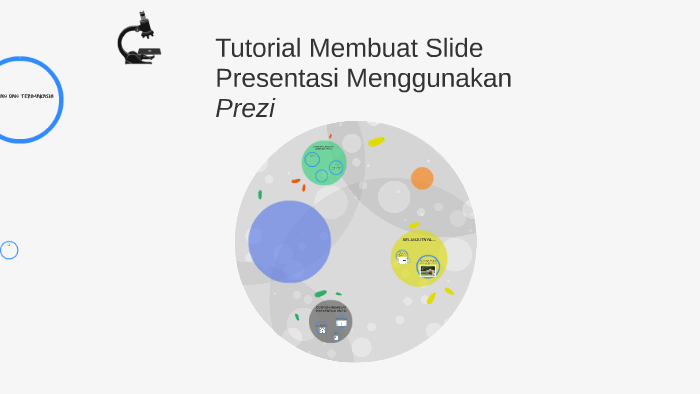

File Renaming: Most of the time your images will have the filenames that were automatically generated by your camera.File Handling: Gives you options to help images load faster using Smart Previews, to reduce clutter by eliminating duplicates, and immediately adding photos into a Lightroom Collection (which we’ll cover later).The sidebar on the right has a few different options for customizing where and how Lightroom Classic imports your images.

The two Copy options do just what their names imply they copy your images from their original location into a new location of your choosing. The key to importing in the most organized way possible, is using either the Copy or the Copy as DNG (if you’re using RAW images) options at the top of the Library Module. Even better, Lightroom also helps you to create new folders on your computer, allowing you to create a consistent and organized system for storing all of your images. This menu will help you take your photos from a memory card or the computer and then import them into Lightroom. The journey of your photos begins in the Library Module. Lightroom is there for you from step one. This can feel overwhelming for a lot of people! How do you get your photos off of the memory card, get them organized, find the best ones, edit them, and then get them uploaded to your social media profile, travel blog, or website? Let’s say you’ve just come back from vacation with hundreds of photos waiting for you to sift through and share.
#Prezi classic tutorials how to#
To better understand how to take advantage of Lightroom Classic, let’s take a look at the process of importing and organizing a bunch of vacation photos within the software. Lightroom Classic is designed to guide your workflow, from the moment your photos leave the memory card, to when they’re exported to share on the web, social media, and in your portfolio. Great question! The Power of Lightroom Classic It even has tools for removing small blemishes and distractions! But, when it comes down to it, Photoshop just does it better and offers more advanced photo editing tools. Ideal for exposure adjustments, coloring, and correcting common issues like lens distortion or chromatic aberration, Lightroom Classic has most everything you’ll need for every day photo editing. Equipped with Adobe Camera RAW (Photoshop has this as well), Lightroom excels at working with RAW images. While Lightroom Classic can certainly be used to edit photos, it has some limitations in that area. From basic photo editing, to high-end retouching, to unreal compositing, Photoshop is able to do some extraordinary things. Photoshop is, first and foremost, a photo editor. While it may seem like photographer’s should use one or the other, both Lightroom and Photoshop are important components of the same workflow. If you know PHLEARN from our Photoshop tutorials, you might wonder why we even use Lightroom at all. Before we get started in Lightroom Classic, we need to talk about what it’s used for.


 0 kommentar(er)
0 kommentar(er)
